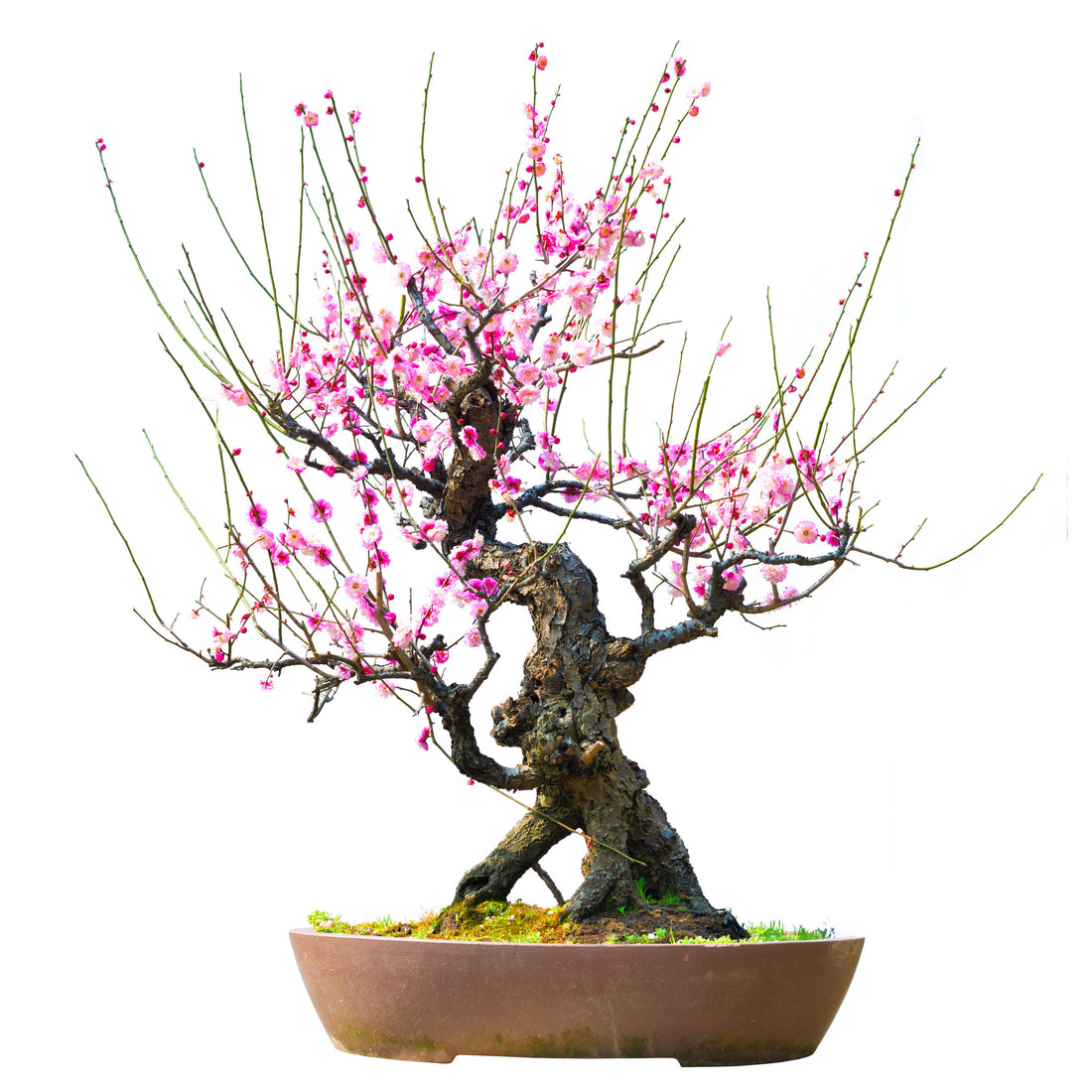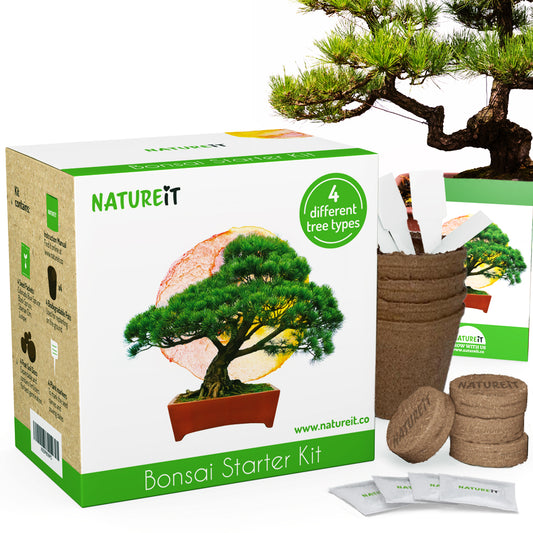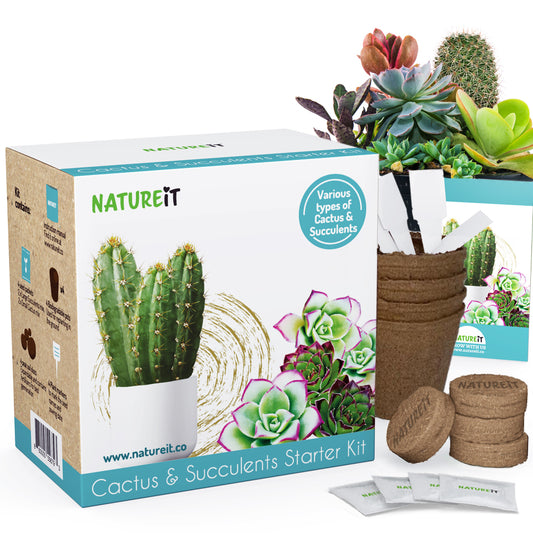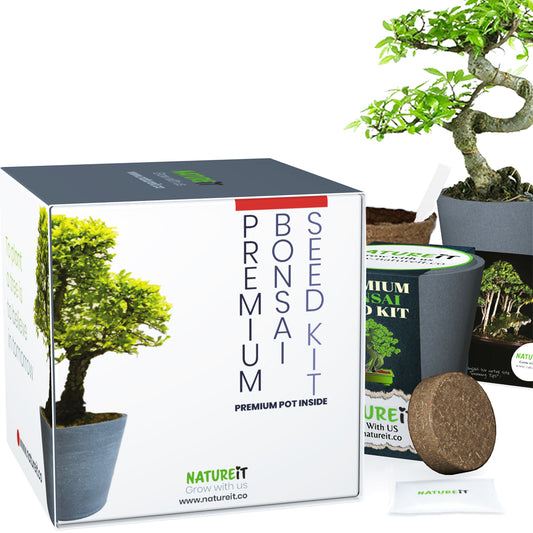There are many popular bonsai trees, each with its own unique characteristics and beauty. Some of the most popular bonsai trees include the poinciana , apple tree
,fruit tree,and bald cypress bonsai. These trees are popular among bonsai enthusiasts due to their versatility and adaptability to a variety of shapes and styles. In addition, they are relatively easy to care for and maintain, making them a great choice for beginners and experienced bonsai enthusiasts alike. Other popular bonsai trees include the Aquarium bonsai tree, Bonsai oak tree, and Bonsai lemon tree. These trees are known for their striking appearance and rugged charm, and are highly sought after by bonsai enthusiasts.
Royal poinciana bonsai
The royal poinciana, also known as the flame tree or flamboyant tree, is a beautiful and exotic tree that is often used in bonsai. With its stunning red and orange flowers and delicate leaves, the royal poinciana makes for a breathtaking bonsai. When grown as a bonsai, the royal poinciana can be trained to take on a variety of shapes and styles, including the popular formal upright and informal upright styles. To care for your royal poinciana bonsai, it is important to provide it with plenty of sunlight and water, and to fertilize and prune the tree regularly. With proper care and attention, your royal poinciana bonsai can provide years of enjoyment and beauty.
Bonsai apple tree
The apple tree is a popular choice for bonsai enthusiasts due to its beauty and versatility. When grown as a bonsai, the apple tree can be trained to take on a variety of shapes and styles, including the popular formal upright and slanting styles. To care for your apple tree bonsai, it is important to provide it with plenty of sunlight and water, and to fertilize and prune the tree regularly. With proper care and attention, your apple tree bonsai can provide years of enjoyment and beauty. Keep in mind that apple trees are not typically suitable for indoor bonsai, as they require a significant amount of sunlight and outdoor conditions to thrive.
Bonsai fruit tree
A bonsai fruit tree is a type of bonsai that incorporates a fruit-bearing tree into the design. Some popular types of fruit trees used for bonsai include apple, cherry, lemon, and peach trees. Bonsai fruit trees require the same care and attention as other bonsai trees, including regular watering, fertilizing, and pruning. However, it is important to keep in mind that bonsai fruit trees may not produce fruit in the same way that full-sized fruit trees do. This is because the small size and unique shape of the bonsai tree may affect the tree's ability to pollinate and produce fruit. Despite this, bonsai fruit trees are still a beautiful and rewarding addition to any bonsai collection.
Bald cypress bonsai
The bald cypress is a beautiful and unique tree that is often used in bonsai. With its distinctive, needle-like leaves and knobby "knees," the bald cypress makes for a striking bonsai. When grown as a bonsai, the bald cypress can be trained to take on a variety of shapes and styles, including the popular formal upright and informal upright styles. To care for your bald cypress bonsai, it is important to provide it with plenty of sunlight and water, and to fertilize and prune the tree regularly. With proper care and attention, your bald cypress bonsai can provide years of enjoyment and beauty.
Aquarium bonsai tree
An aquarium bonsai tree is a type of bonsai that is designed to be grown in an aquarium. These miniature trees are often made from artificial materials, such as plastic or silk, and are designed to be placed in an aquarium as a decorative element. Aquarium bonsai trees are a popular choice for aquascaping, which is the art of creating aesthetically pleasing underwater landscapes in an aquarium. They can add visual interest and a sense of depth to an aquarium, and provide a natural hiding place for fish. To care for your aquarium bonsai tree, it is important to keep the water clean and properly filtered, and to regularly prune and maintain the tree to keep it looking its best.
Bonsai oak tree
The oak tree is known for its stately appearance and longevity. When grown as a bonsai, the oak tree can be trained to take on a variety of shapes and styles, including the popular formal upright and slanting styles. To care for your oak tree bonsai, it is important to provide it with plenty of sunlight and water, and to fertilize and prune the tree regularly. With proper care and attention, your oak tree bonsai can provide years of enjoyment and beauty. Keep in mind that oak trees require a significant amount of sunlight and outdoor conditions to thrive, so they may not be suitable for indoor bonsai.
Bonsai lemon tree
The lemon tree is famous for its fragrant flowers and edible fruit. When grown as a bonsai, the lemon tree can be trained to take on a variety of shapes and styles, including the popular formal upright and informal upright styles. To care for your lemon tree bonsai, it is important to provide it with plenty of sunlight and water, and to fertilize and prune the tree regularly. With proper care and attention, your lemon tree bonsai can provide years of enjoyment and beauty. Keep in mind that lemon trees are not typically suitable for indoor bonsai, as they require a significant amount of sunlight and outdoor conditions to thrive.
Avocado bonsai
The avocado tree has a unique shape and edible fruit. When grown as a bonsai, the avocado tree can be trained to take on a variety of shapes and styles, including the popular formal upright and slanting styles. To care for your avocado bonsai, it is important to provide it with plenty of sunlight and water, and to fertilize and prune the tree regularly. With proper care and attention, your avocado bonsai can provide years of enjoyment and beauty. Keep in mind that avocado trees are not typically suitable for indoor bonsai, as they require a significant amount of sunlight and outdoor conditions to thrive.
Olive tree bonsai
The olive tree is a popular choice for bonsai enthusiasts due to its unique shape and edible fruit. When grown as a bonsai, the olive tree can be trained to take on a variety of shapes and styles, including the popular formal upright and slanting styles. To care for your olive bonsai, it is important to provide it with plenty of sunlight and water, and to fertilize and prune the tree regularly. With proper care and attention, your olive bonsai can provide years of enjoyment and beauty. Keep in mind that olive trees are not typically suitable for indoor bonsai, as they require a significant amount of sunlight and outdoor conditions to thrive.
Trident maple bonsai
The trident maple is a popular bonsai tree due to its beautiful autumn foliage and delicate bark. When grown as a bonsai, the trident maple can be trained to take on a variety of shapes and styles, including the popular formal upright and slanting styles. To care for your trident maple bonsai, it is important to provide it with plenty of sunlight and water, and to fertilize and prune the tree regularly. With proper care and attention, your trident maple bonsai can provide years of enjoyment and beauty. Keep in mind that trident maple trees are not typically suitable for indoor bonsai, as they require a significant amount of sunlight and outdoor conditions to thrive.
Bonsai orange tree
A bonsai orange tree is a small, carefully-shaped tree that has been trained and pruned to mimic the shape and form of a full-sized orange tree. The tree is typically grown in a small container and pruned regularly to maintain its miniature size. The leaves of the bonsai orange tree are small and dark green, and the tree produces small orange fruits that are edible and have a sweet, citrusy flavor. Bonsai orange trees are popular among gardening enthusiasts and are often displayed as decorative pieces in homes and gardens.
Japanese black pine bonsai
A Japanese black pine bonsai is a type of bonsai tree that is native to Japan. It is known for its dark green needles and sturdy, upright growth habit. The tree is often trained and pruned to mimic the shape of a full-sized Japanese black pine, with a curved trunk and a canopy of branches and needles. Japanese black pine bonsai trees are popular among bonsai enthusiasts due to their hardiness and ability to tolerate a range of growing conditions. They are often displayed in homes and gardens, and can be grown indoors or outdoors.





